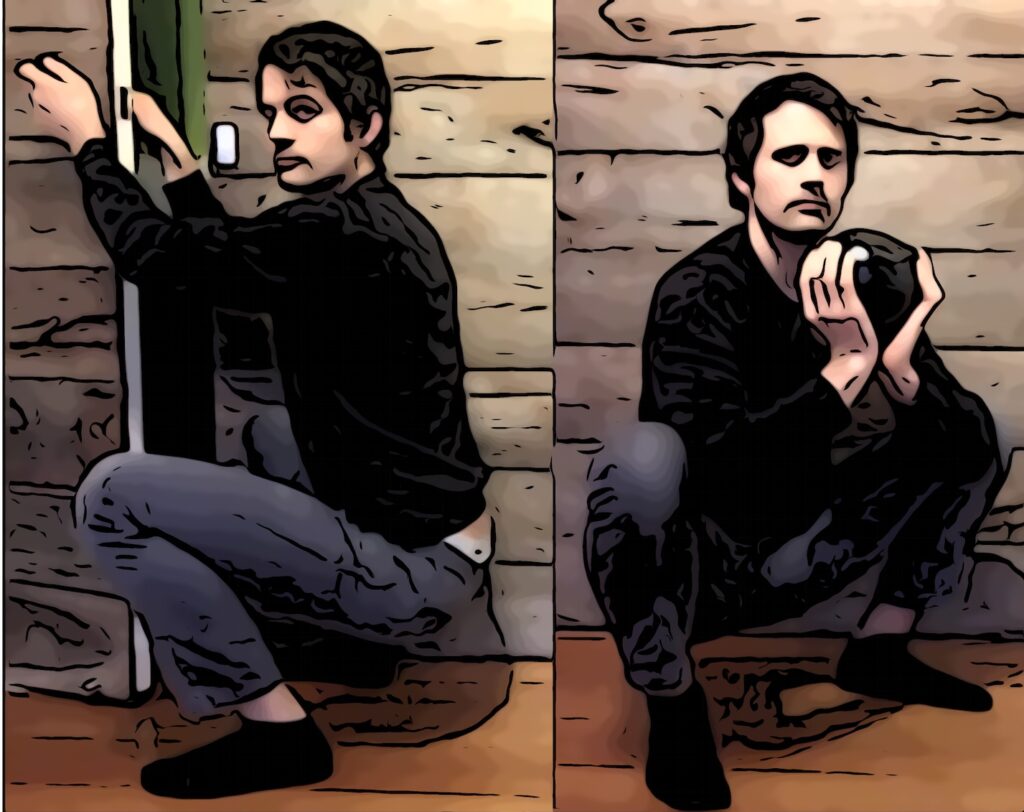Deep squats can offer several benefits for improved lower back health when performed with proper technique. For example:
Strengthening the Lower Back: Deep squats engage the muscles of the lower back, including the erector spinae muscles. This helps to build strength in the lower back, reducing the risk of injury and improving overall stability.
Enhanced Hip Mobility: Deep squats involve significant hip flexion which can help improve hip mobility. Better hip mobility can alleviate stress on the lower back and reduce the risk of lower back pain.
Activation of Glutes and Hamstrings: Proper deep squats also work the gluteal muscles and hamstrings, which are key muscle groups that help support the lower back. Strong glutes and hamstrings can contribute to lower back stability and protection.
Enhanced Functional Strength: Squats are a functional exercise, meaning they mimic movements you perform in daily life, such as sitting down and standing up. By improving your ability to perform these movements with proper form, you reduce the risk of injuring your lower back during everyday activities.
A couple of good exercises to improve your squat depth are:
Door Squats:
- Squat down with your heels on the ground while holding on to an open door.
- At the lowest point use the door to pull your hips and body forward towards the door while keeping the knees wide.
This movement helps you to build up the mobility required for a deep squat without risking losing your balance backwards.
Weighted deep squat:
- Hold onto a weight with both your hands while the wrists are meeting, and the palms are facing up.
- Squat down to a wide squat with your heels staying on the ground and place the elbows onto the inside of the knees then let gravity press your knees wider while your hips drop lower.
- Hold for 20-60 sec.
This exercise is great for increasing the depth of your squat if you have stiff but otherwise healthy ankles, knees, or hips.

